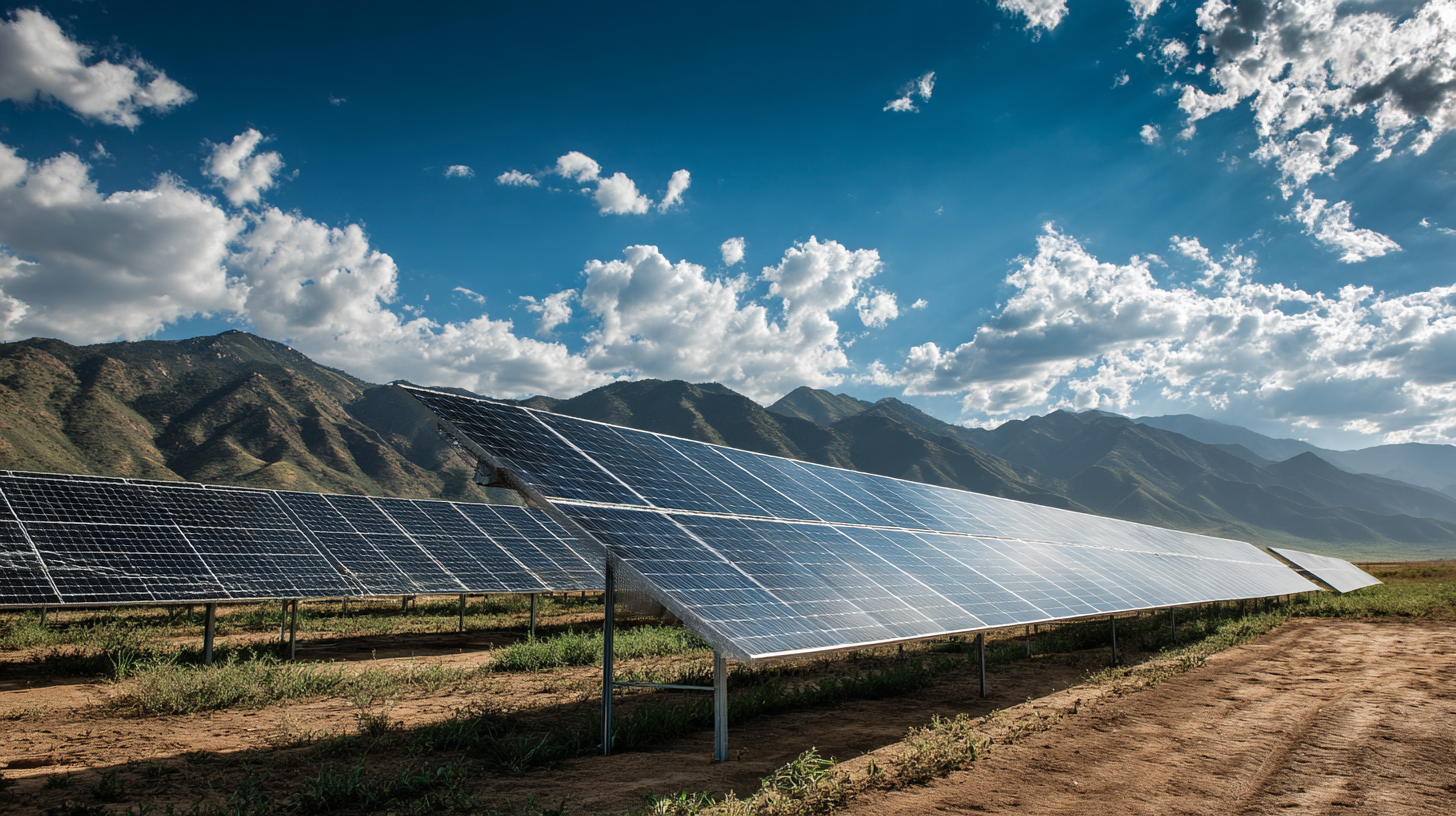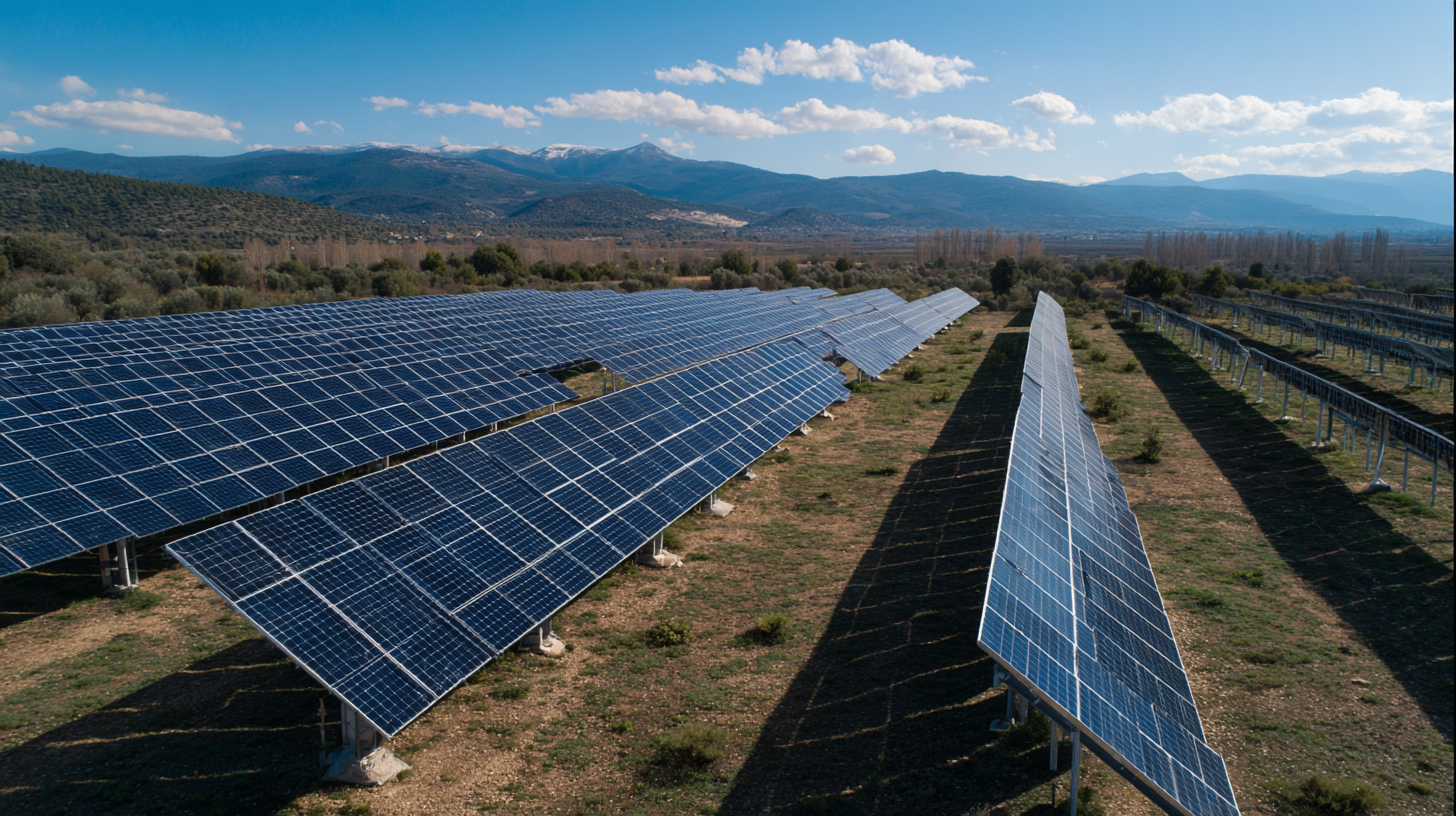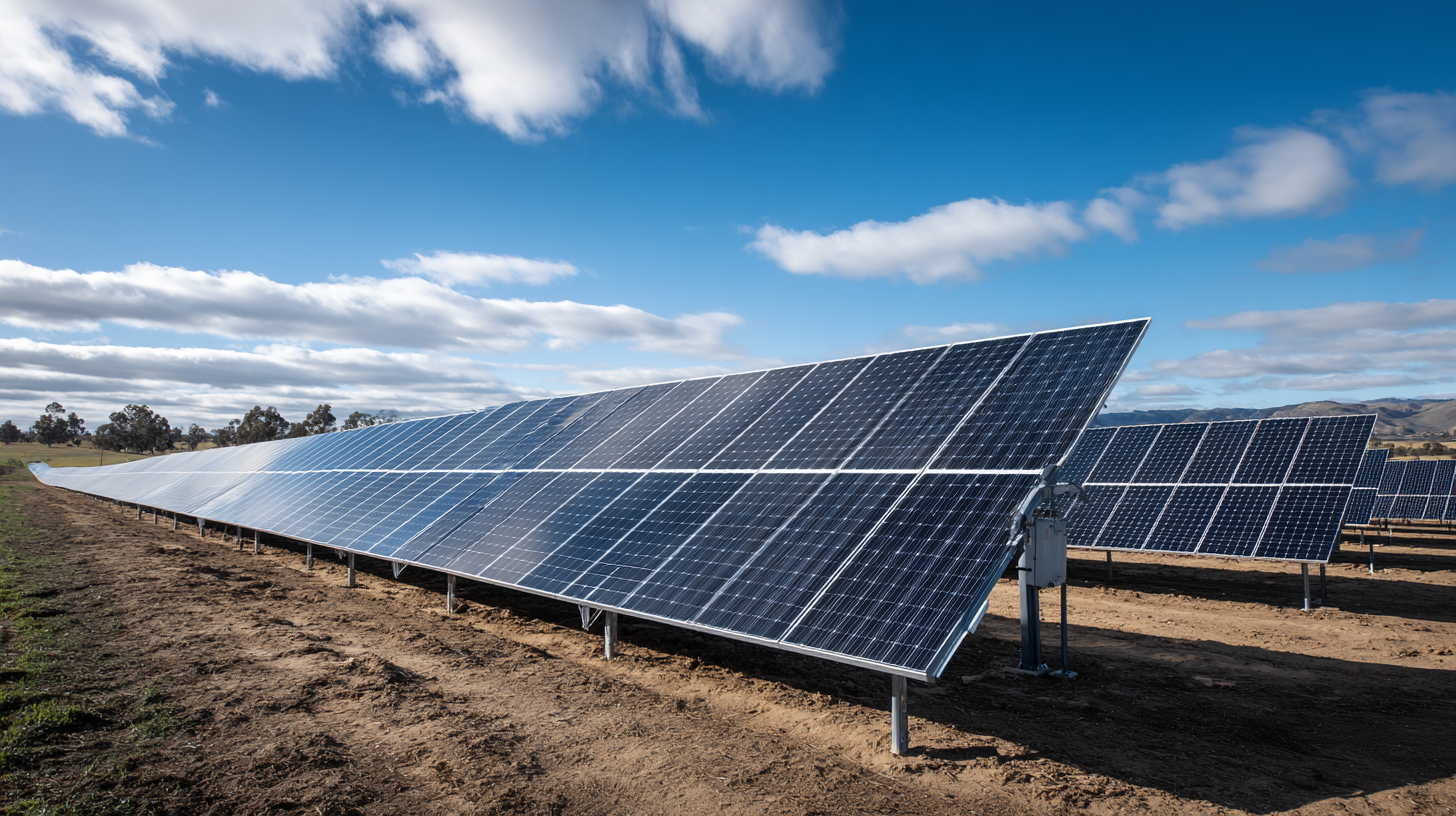Mastering Sunlight Solar Technology for Sustainable Energy Solutions
As the world increasingly shifts towards sustainable energy solutions, mastering sunlight solar technology has become paramount. According to a report by the International Renewable Energy Agency (IRENA), solar energy accounts for over 3% of the global electricity supply, with projections indicating a rise to 20% by 2040. This exponential growth highlights the urgent need for innovative approaches to harnessing sunlight solar effectively. With advancements in photovoltaic systems and energy storage, consumers and businesses alike can benefit from reduced energy costs and a smaller carbon footprint. This blog aims to provide insightful tips and strategies to optimize the use of sunlight solar technology, enabling readers to contribute to a greener future while making informed decisions about their energy investments.

Understanding the Basics of Solar Technology for Beginners
Understanding solar technology can be an exciting journey for beginners looking to make informed decisions about sustainable energy. At its core, solar technology revolves around the conversion of sunlight into electricity using photovoltaic (PV) cells, commonly known as solar cells. These non-mechanical devices play a crucial role in generating clean energy, allowing users to harness the sun’s power and reduce their reliance on fossil fuels.
For those new to this field, the essential concepts include identifying different types of solar systems—such as on-grid, off-grid, and hybrid systems—and understanding how they can be integrated into everyday life. Additionally, key factors like the efficiency of solar panels and the importance of proper installation cannot be overlooked, as they significantly impact the overall performance and energy savings. By grasping these fundamentals, beginners can confidently assess their options and contribute to a more sustainable energy future.
Choosing the Right Solar Panels: What You Need to Know
 When considering a shift to solar energy, selecting the right solar panels is crucial for ensuring optimal performance and long-term sustainability. There are several key factors to keep in mind while making this important decision. First, efficiency ratings provide insight into how much sunlight a panel can convert into usable energy. Higher efficiency panels may cost more upfront but can yield greater savings over time by producing more energy in less space.
When considering a shift to solar energy, selecting the right solar panels is crucial for ensuring optimal performance and long-term sustainability. There are several key factors to keep in mind while making this important decision. First, efficiency ratings provide insight into how much sunlight a panel can convert into usable energy. Higher efficiency panels may cost more upfront but can yield greater savings over time by producing more energy in less space.
Another consideration is durability and warranty. Solar panels should be built to withstand various environmental conditions, from hail to heavy winds. A robust warranty can act as a safety net, providing assurance that your investment is protected for many years. Additionally, researching the manufacturer’s reputation and customer reviews can be beneficial, as this informs you about the reliability and service quality of the panels in question.
Lastly, understanding the various types of solar panels, such as monocrystalline and polycrystalline, helps in determining which suits your needs best. Each type has its pros and cons, making it essential to evaluate your specific energy requirements and installation conditions. By carefully considering these factors, you can make an informed choice that aligns with your sustainable energy goals.
Maximizing Efficiency: Tips for Optimal Solar Energy Production
To maximize the efficiency of your solar energy production, it is crucial to understand the factors that influence solar panel performance. First and foremost, the positioning of your solar panels can significantly affect the amount of sunlight they capture. Ideally, panels should be installed at an angle that allows them to receive direct sunlight for the longest duration throughout the day, typically facing south in the northern hemisphere. Additionally, regular cleaning of the panels to remove dust, debris, or snow buildup can enhance their ability to absorb sunlight, ensuring optimal energy output.
Another essential aspect of maximizing solar energy production lies in the selection of high-quality solar technology. Investing in modern, efficient panels with higher conversion rates can make a significant difference in your energy yield. Furthermore, pairing your solar system with a smart inverter can optimize energy utilization and improve overall system performance by adjusting the energy output based on real-time conditions. By combining strategic placement, maintenance, and cutting-edge technology, you can create a sustainable energy solution that not only meets your needs but also contributes to a greener planet.
Installing Your Solar System: A Step-by-Step Guide
Installing a solar system is an essential step towards harnessing sustainable energy for your home. The process begins with conducting a comprehensive energy audit to assess your energy consumption and determine the appropriate system size for your needs. This ensures that your investment in solar technology is efficient and tailored to your lifestyle. It’s crucial to familiarize yourself with local regulations and permits required for solar installation to avoid any unforeseen obstacles during the process.
Once you’ve finalized your system size and secured necessary permits, the next step is selecting high-quality solar panels and inverters that align with your energy goals. During installation, professionals will mount the solar panels on your roof or in a suitable area on your property, ensuring optimal sun exposure. Wiring the system correctly and integrating it with your home’s electrical setup is essential for a smooth operation. Following installation, you will have the opportunity to monitor your system’s performance and energy production through smart technology, allowing you to maximize the benefits of your new solar energy solution.
| Step | Task | Time Required | Materials Needed | Estimated Cost ($) |
|---|---|---|---|---|
| 1 | Site Assessment | 2 hours | Solar site assessment tools | 300 |
| 2 | System Design | 4 hours | Design software | 500 |
| 3 | Permit Application | 2 weeks | Application forms, fees | 150 |
| 4 | Install Solar Panels | 1-2 days | Panels, brackets, wiring | 8000 |
| 5 | System Configuration | 3 hours | Inverter, monitoring system | 1200 |
| 6 | Final Inspection | 1 day | Inspection tools | 300 |
Maintenance and Care: Keeping Your Solar Technology in Top Shape
Proper maintenance and care of solar technology is essential to ensure optimal performance and longevity. Regularly cleaning solar panels is a foundational practice that should not be overlooked. Dust, leaves, bird droppings, and other debris can accumulate on the surface of the panels, blocking sunlight and reducing efficiency. A semi-annual cleaning, using a mild soap and a soft brush or sponge, can significantly enhance energy output. Additionally, it’s important to inspect the panels for cracks or damage once a year, as this can prevent more severe issues down the line.
Another crucial aspect of maintaining solar technology is monitoring the system's performance. Utilizing an inverter with monitoring capabilities can help identify any dips in productivity. If the output falls below the expected levels, it may indicate a need for further investigation, whether it’s a shading issue or a malfunctioning component. Furthermore, keeping an eye on the surrounding environment—ensuring that trees or buildings do not cast shadows on the panels as they grow—can help maintain optimal energy capture. By investing time in regular maintenance and performance checks, users can enjoy the full benefits of their solar investment for years to come.
